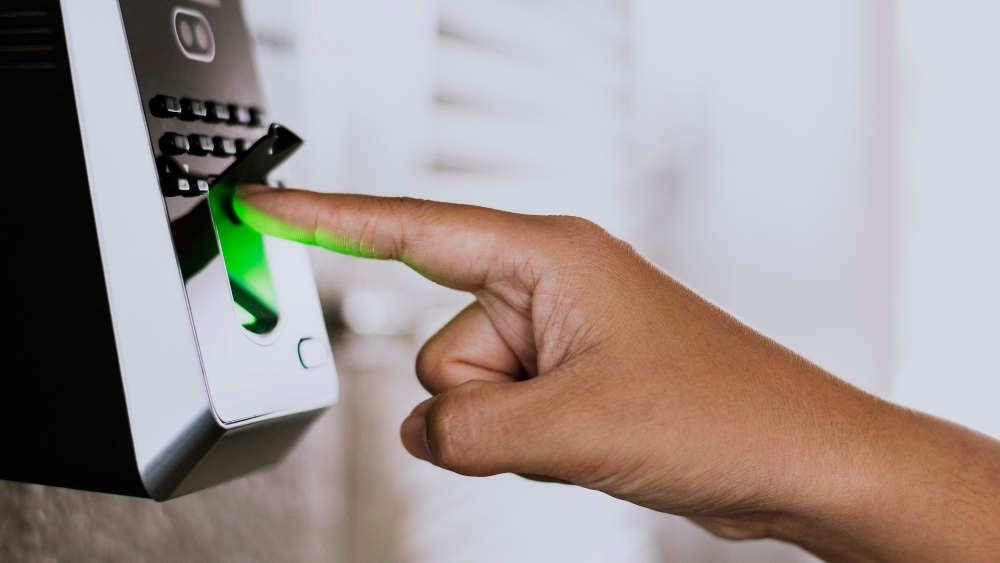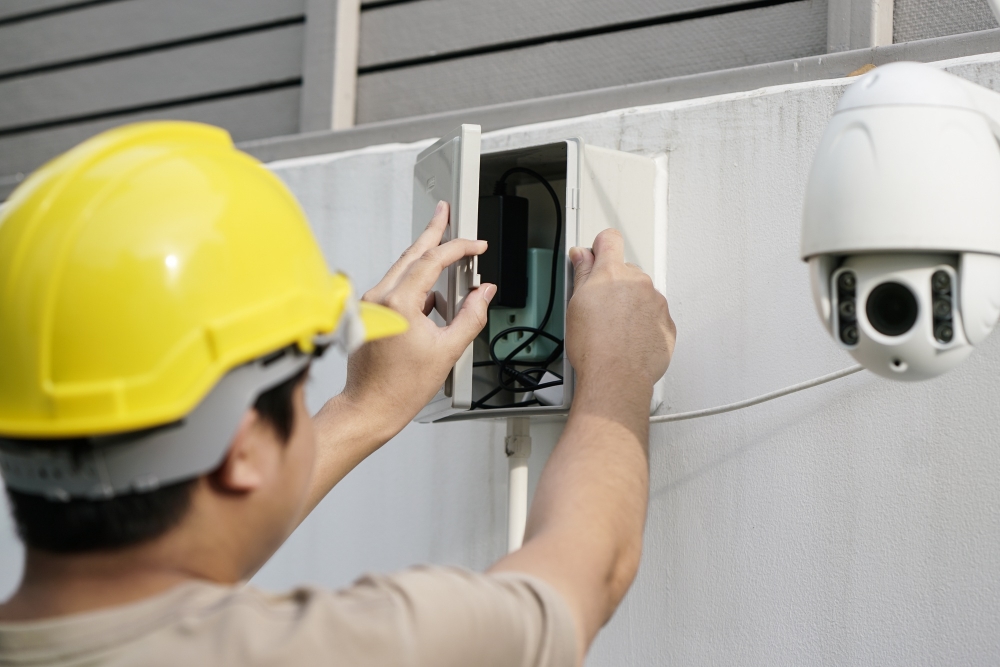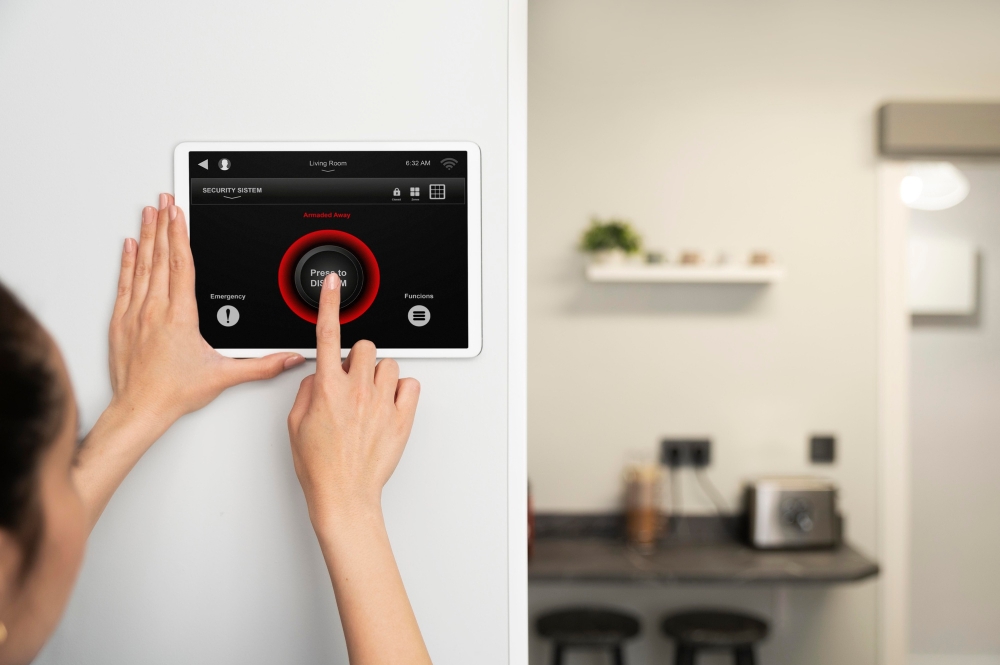
Common Mistakes to Avoid When Installing a Security System
Installing a security system might seem easy—especially with the explosion of DIY kits and smartphone-controlled cameras. But in reality, getting it right involves more than just unboxing gadgets and sticking them on walls.
Small mistakes during a security system installation can leave your property vulnerable. From poor camera angles to skipping professional advice, these errors can cost you peace of mind.
This blog post will explore the most frequent mistakes we see and how you can sidestep them for a truly secure setup.

You’ve invested in a security system to protect your home or business. However, even the best equipment can fail if it’s installed incorrectly.
Let’s break down the most common mistakes and show you how to avoid them.
This is by far one of the most frequent errors. Cameras placed too high, too low, or in blind spots don’t catch the crucial footage when it counts.
Mistakes include:
Smart placement tips:
Most modern security systems are wireless. But poor Wi-Fi coverage can cripple your security network.
What can go wrong:
How to fix it:
DIY systems are everywhere. And while they seem user-friendly, installing them without basic electrical or networking knowledge can lead to:
DIY pitfalls include:
When in doubt, consult a professional security system installer. A licensed electrician knows how to integrate systems safely into your home’s wiring and network.

Your camera’s effectiveness drops drastically without proper lighting.
Common issues:
Lighting tips:
A security system without video history is practically useless. You may miss crucial footage if your system:
Avoid this mistake by:
Yes, even your security system can be hacked if not set up properly.
Don’t make these errors:
Security tips:
Cameras and alarms are useless if they shut off during a power outage. Many users install systems without thinking about emergency power.
Plan ahead by:
Security doesn’t exist in a vacuum. Smart homes often include doorbells, locks, thermostats, and more.
Common integration mistakes:
Solutions:
In New York and elsewhere, there are legal limits to what you can record.
You could face issues if you:
Always check local laws. When in doubt, ask a professional who understands regional requirements.
We get it—hiring an expert seems like a luxury. But in truth, skipping professional advice can be more expensive in the long run.
Why it matters:
Hiring a licensed and insured electrician is especially crucial when your system requires wiring into your breaker panel or electrical circuits.
Even a perfect install can fail over time if you don’t test it.
Installing a security system the right way isn’t just about gadgets. It’s about planning, precision, and protecting what matters most. Avoiding these common mistakes ensures your system is reliable when you need it most.
At D33 Electric LLC, we offer professional security system installation services in Queens, NY, and beyond. Whether you’re upgrading your security or installing smart home tech, we can get the job done safely and effectively.
Ready to secure your home or business the right way? Contact D33 Electric LLC today and let the professionals take care of it.
D33 Electric LLC was a lifesaver when my power went out. Fast, professional, and affordable!
The best electricians in Nassau County, NY! They upgraded my electrical panel with no issues at all.
I highly recommend D33 Electric. They installed my EV charging station perfectly!
Great service! I called them for a smoke detector installation, and they were quick and professional.
These guys are true professionals. I won’t call anyone else for my electrical needs!
Affordable pricing and top-notch service. Best electricians near me!